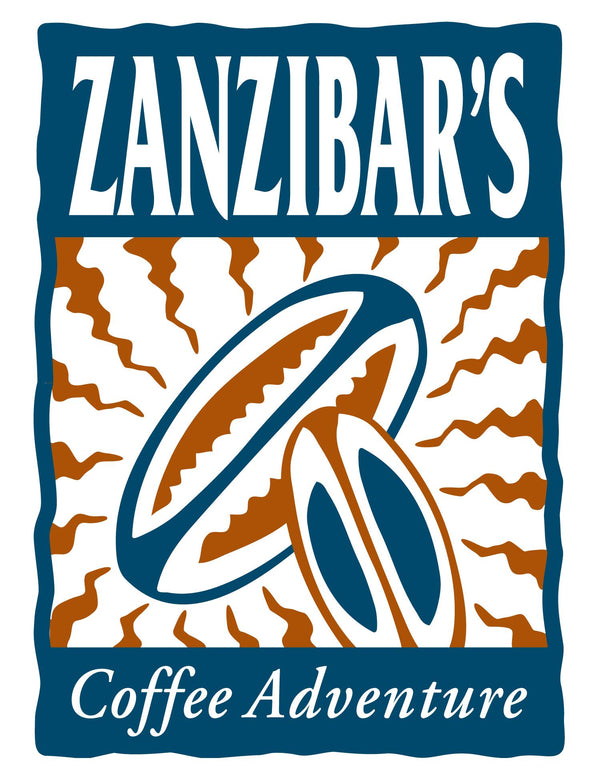Ever wonder what it means when we refer to a coffee as "Black Honey" or "natural" or "pulped natural"? Here is a very basic primer on coffee processing:
Washed – Washed or “wet-processed” coffees have the entirety of cherry (fruit, skin & mucilage) mechanically removed at a wet mill by a depulper machine before being dried. The cherries are first submerged in water, where the bad or unripened ones float to the surface and are removed. An initial pass removes the majority of skin, pulp and some of the mucilage, but further processing in the form of either traditional fermenting, aquapulping or machine-assisted processing are still required to thoroughly clean the beans.
Natural/Dry Process – Natural or “dry-processed” coffee cherries are left whole to raisin or dry in the sun for several weeks. It is a delicate practice native to Brazil and parts of Ethiopia whereby the best natural lots are continually monitored and rotated by hand to yield an evenly-dried result. Naturally processed coffees have a substantially greater body or mouthfeel and often greater sweetness or fruity notes as a direct result of the fruit mucilage or juices being absorbed by the bean during the process. Fully dried cherries are then stripped down to the bean in milling process that uses significantly (up to 50% less) water than washed coffees.
Honey Process/Pulp Natural – The term honey is often misconstrued as a reference to a honey flavor but actually describes the degree of fruit remaining on the bean before processing. Honey processed or “pulped” coffee cherries have their skin and pulp removed but portions of the fruit mucilage remain intact to dry in the sun. Yellow, red and black honeys refer to the amount of sun the beans are exposed to while drying. Yellow receives the most light (and heat) therefore drying the quickest in about a week, red for two weeks and black for two weeks plus.
Semi Washed/Wet Hulled – Semi washed or wet hulled coffees are traditional to the Indonesian island provinces of Sulawesi and Sumatra. Locals call the process “giling basah,” and its chief characteristic is the moisture content of the de-pulped parchment at the point of sale – Washed or Wet Process coffees are pulped, fermented, washed and dried in the parchment until moisture content is reduced to ~10 to 12%. This takes about 12-24 hours. Semi-Washed coffees on the other hand are pulped and dried for only a handful of hours until moisture is somewhere between 25 and 50%. At this point the parchment layer is still intact along with a good portion of the mucilage, causing the beans to be gummy and sticky if not outright slimy to the touch. With regards to flavor, the extra mucilage profoundly alters the cup profile by providing more sweetness and a heavy body—the cups are earthy and almost tea-like in structure. Semi-washed coffees are dried in the parchment on natural clay or dirt patios where the beans freely absorb the characteristics and minerality of the soil, which in turn contributes greatly to their earthiness—the classic hallmark of a pacific island or Indonesian coffee. Semi-washed beans have a blueish hue and frequently curly shape when compared to other green types.
Fermentation – Fermentation involves soaking the depulped beans in a water bath to breakdown any residual fruit mucilage until the surface of the naked bean achieves the proper texture – similar to that of a smooth, washed pebble, as opposed to a slimy cherry pit.
Drying Methods:
Raised Beds – Raised beds are commonly used with dry processed coffees but are also often used with washed coffees. Waist high screens allow airflow to pass underneath the beans, assisting in the drying process, but also requires hands-on monitoring to make sure the entire lot is evenly dried and to avoid buildup of mildew.
Patios – Patios can be constructed from a number of materials including, stone, brick, concrete and clay. Coffees laid out on patios are sun-dried and require raking a few times each day to make sure they are evenly dried and to avoid the occurrence of mildew.
Drying Milling
Dry milling or de-hulling is the final stage of processing where the parchment layer surrounding the bean is removed along with any residual dried mucilage from previous stages of processing. Specialized dry mills or hulling machines are generally used to speed up the process.
